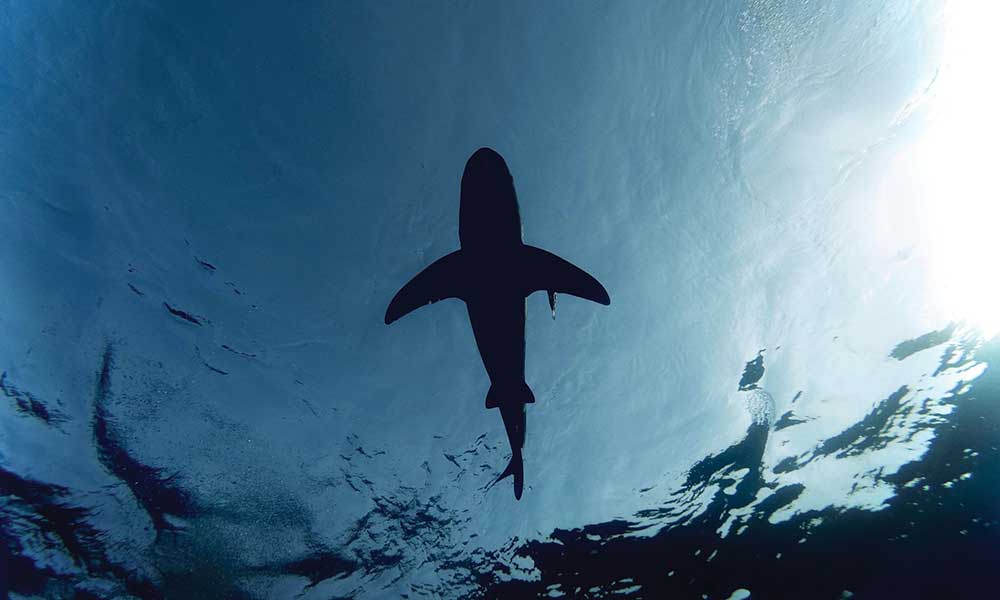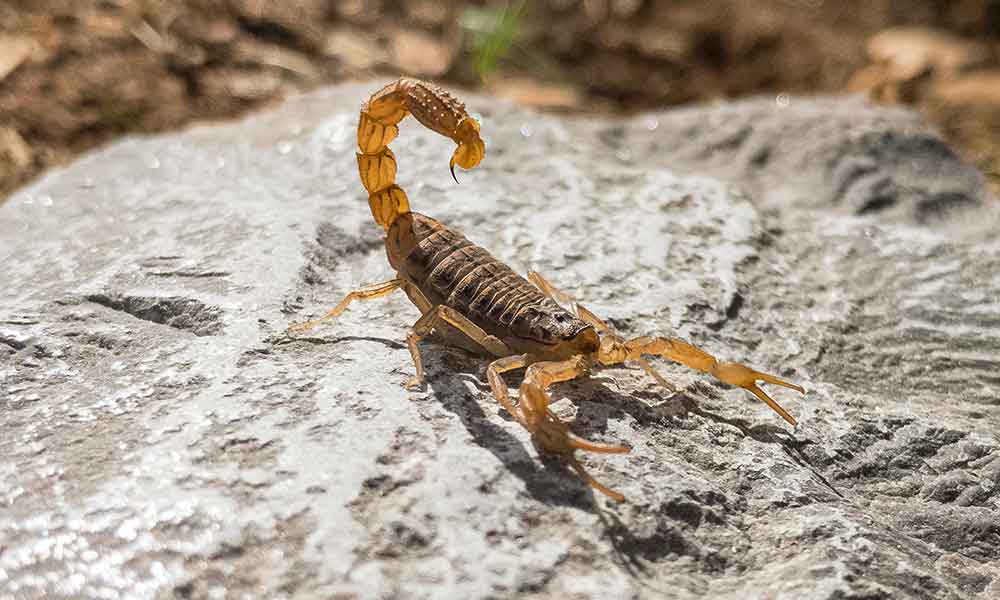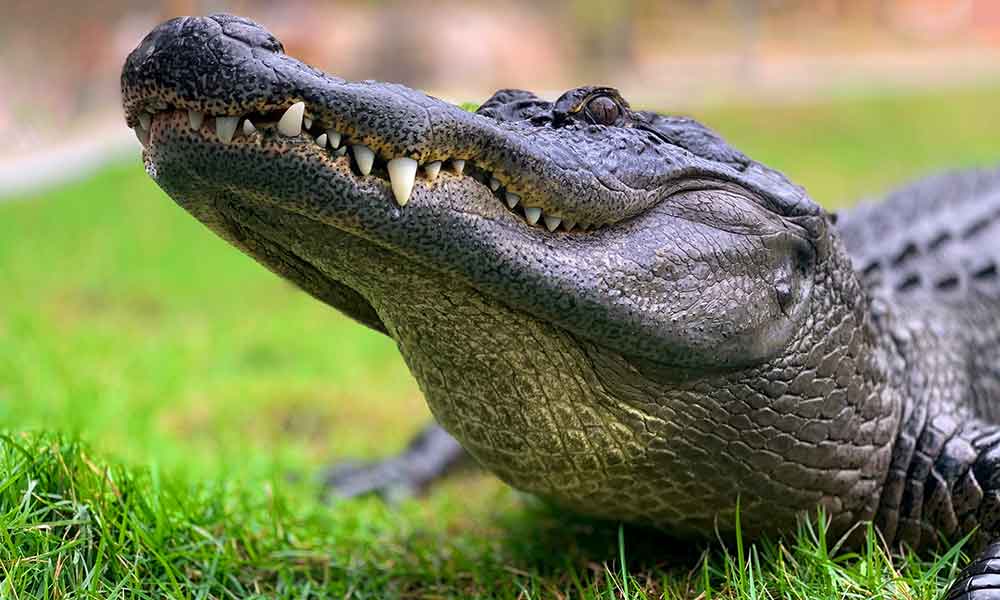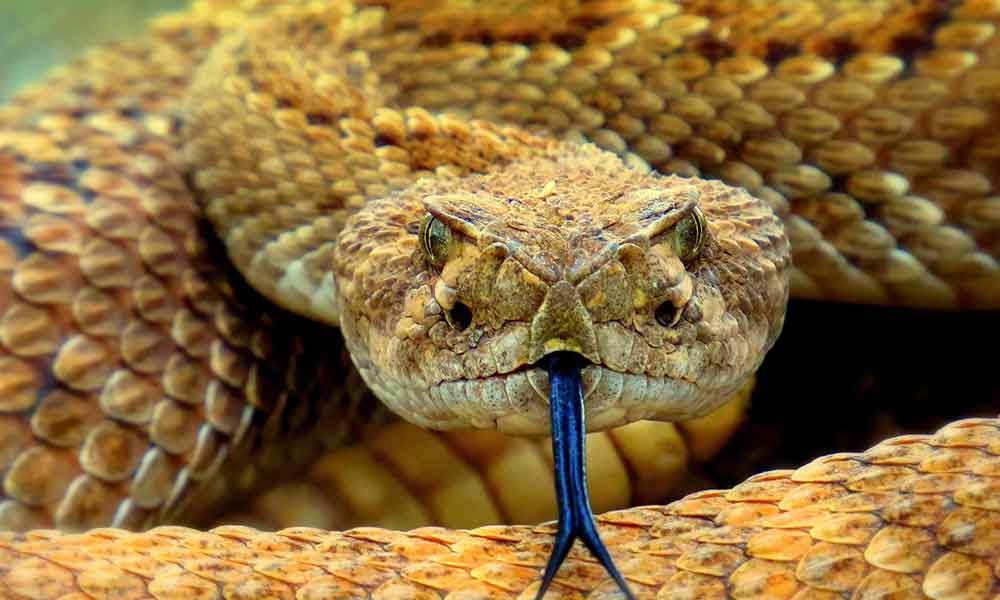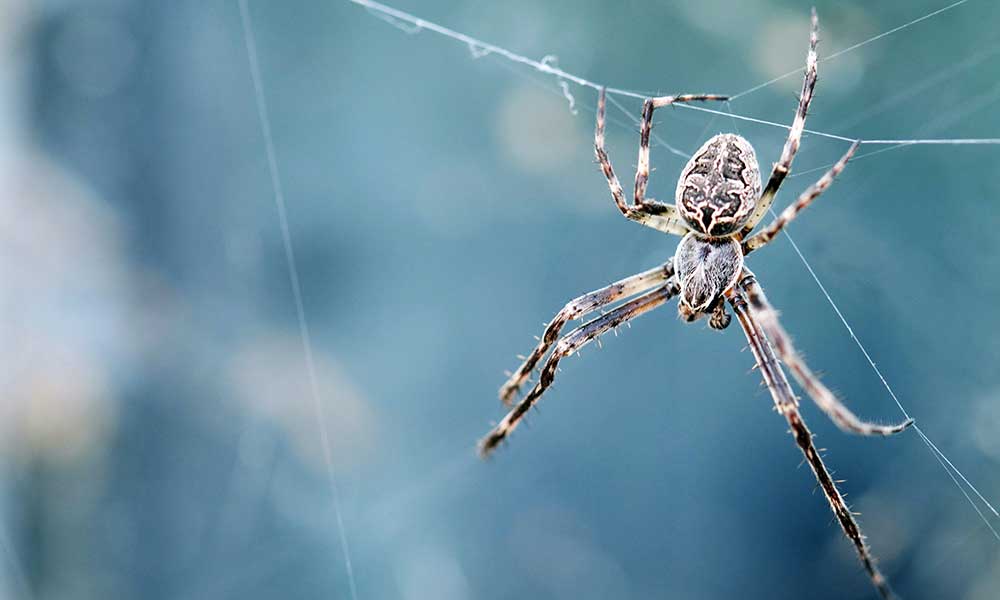Have you ever wondered whether sharks have bones, how they eat, how dangerous they are, and from what animals they evolved?
If so, this is the guide for you as we’re about to delve into a bunch of fascinating Q&As about these misunderstood creatures.
1. Are Sharks Endangered?
Ironically, two of the most commonly asked questions about shark are:
Are sharks endangered?
and
Can you eat shark?
By the same token, most of the search terms relating to this creature either concern conservation, fear-mongering, or food—half of the world wants to save it and the other half wants to kill it for food, sport, or “safety”.
You can eat shark, it is endangered, and these things are not mutually exclusive.
Most shark species are threatened with extinction, including oceanic whitetip sharks and great hammerhead sharks.
Many of these beautiful animals are hunted for their meat, oil, and fins, and it’s driving their numbers down.
Sharks are also killed mercilessly by shark nets, and like so many other marine species, they are being threatened by climate change.
Their habitats are changing, their prey is either moving away or dying, and it means that many species may go the way of the megalodon and become little more than a footnote in history.
2. Do Sharks Have Bones?
Sharks do not have bones and are actually made of cartilaginous tissue, similar to the tissue in the tip of your nose.
The question “do sharks have bones?” is one of the most common.
It seemingly stems from the confusion around cartilaginous skeletons—they are tough but they are also light and buoyant.
As a shark ages, it gradually deposits calcium salts in its skeletal cartilage and this helps to strengthen it.
The cartilage composition means that sharks don’t fossilize as well as other animals.
Typically, all that remains is the teeth/jaw and fin spines.
3. How Many Teeth Do Sharks Have?
Sharks have multiple rows of serrated teeth, helping them to cut and tear flesh.
These teeth don’t have long roots like human teeth and so they can easily become dislodged—embedding into the flesh of prey or finding their way into countless trinkets sold at beachside gift shops.
Fortunately for the sharks, missing teeth will grow back and a shark will constantly regenerate teeth throughout its life.
4. Do Sharks Need to “Keep Going”?
Hands up if you have ever heard (or uttered) the following expression:
“I’m like a shark. I need to keep going or I’ll die”.
It’s a sentence that’s almost guaranteed to elicit an eye roll and rightly so—it’s a little cringe-inducing.
But it is actually true and most species of shark need to keep swimming in order to stay alive.
A shark breathes by processing water through its gills, often via a process known as buccal pumping whereby the water is drawn through the mouth and out the gills.
If it’s not moving, it’s not processing water, and so it’s not breathing.
That’s why shark nets are so effective and so barbaric.
Shark nets are literal giant nets placed underneath the surface of the water near popular beaches in Australia.
Sharks become entangled in the nets and as they are unable to move, they slowly suffocate to death.
The excuse behind the installation of these nets is that it helps to limit shark attacks, but shark attacks are incredibly rare and of the ones that do occur, most are at beaches where nets have been installed.
Not only do they suffocate countless sharks (and millions of innocent sea life that also become trapped in the nets) but they don’t even work!
5. What is a Fear of Sharks Called?
The fear of sharks is known by two names: Galeophobia and Selachophobia.
Both of these words are derived from the ancient Greeks words for “shark” and “fear”.
“Selachophobia” comes from “σέλαχος” (selakxos) or “shark” while Galeophobia is from “γαλεός” (galeos) which is more like “weasel” and is used to describe a fear of sharks with weasel-like markings.
Despite its apparent specificity, Galeophobia is the more commonly used term today.
6. Are Sharks Fish or Mammals?
Sharks are fish.
Fish typically have bones and not cartilage, but fish also breathe through gills, just like sharks.
Most are cold blooded and don’t have mammary glands—the only thing that they have in common with mammals is that many species give birth to live young.
A baby shark, incidentally, is called a “pup”.
7. Do Sharks Sleep?
Sharks don’t sleep like humans do, but they do have periods of rest.
Some of them can even remain stationary while resting, including the Caribbean reef shark and the whitetip reef shark.
However, their eyes don’t close and they still dart around, taking note of the surroundings and watching for danger.
8. Can Sharks Swim Backward?
Not only does a shark need to keep swimming, but it needs to keep swimming forward. It can’t swim backward.
In fact, swimming backward will cause the shark to drown as it interrupts its natural breathing process and forces water into its gills.
9. What Do Sharks Eat (Hunting Habits)?
Sharks are at the top of the food chain, but that doesn’t mean they are prowling for whales, dolphins, and whatever humans they can sink their teeth into.
Most sharks survive on small fish and invertebrates, although larger sharks will feast on sea lions, seals, and even young/weak dolphins.
Body mass doesn’t always equate to a more ferocious and ambitious hunter, though.
A basking shark feeds by opening its mouth and processing microscopic animals known as zooplankton, even though it can reach up to 40 feet in length and has a colossal mouth.
Whale sharks are also limited to small fish and shrimp.
These species of sharks feed by opening their huge mouths and catching everything in their wake before filtering them through their gills.
10. How Long Do Sharks Live?
In the wild, sharks can live for between 10 and 20 years.
The exact age range will depend on the shark species, climate, location, and a few other variables.
Some sharks have been known to greatly exceed this age range and there is even a species of shark known as the Greenland shark that could live for up to 400 lives.
11. How Big is a Great White Shark?
A great white shark can weigh over 2,600 pounds and grow to over 20 feet.
However, most grow to around 14/15 feet and weigh half this amount.
Female sharks are typically much larger than males and average around 16 feet compared to just 12 for males.
For comparison, the extinct megalodon, an ancestor of modern sharks, is thought to have reached lengths of between 50 and 65 feet while the whale shark (a veritable “gentle giant”) can grow to around 40 feet and over 40,000 lbs.
12. How Did Sharks Evolve?
Sharks lived before the dinosaurs, with fossil records suggesting that they first came into existence some 450 million years ago.
It’s believed that sharks evolved from a small eyeless, finless, and boneless fish that eventually evolved into cartilaginous fish.
13. What is a Shark’s Dorsal Fin For?
The dorsal fin helps to stabilize the shark, not unlike the fins on a surfboard. It may also help to conserve energy by creating a low-pressure area.
In general, the shark’s fins are what makes the shark such a fast and streamlined animal, as evidenced when you compare it to bony fishes.
Bony fish use swim bladders to move vertically in the water, allowing them to stay at the optimum depth.
A shark, however, doesn’t have a swim bladder and relies on the list generated by its pectoral fins.
Its liver also contains a lot of oil and because oil is lighter than water, it provides some much-needed buoyancy.
14. How Many Species of Sharks Are There?
From the rapid and streamlined thresher shark to the monstrous whale shark, there are over 500 species of shark and they can be found in all the oceans of the world.
15. How Many Shark Attacks Are There Every Year?
Great white sharks are some of the most feared animals in the ocean and have been known to attack swimmers, surfers, and boaters.
However, such unprovoked attacks are rare and number fewer than 80 a year, with around a dozen fatalities.
Sharks are predators.
They are the kings of their domain, and if they are angry, confused, hungry, or curious, they might attack. The “might” is key though, as they don’t go around taking chunks out of every flesh-like thing they encounter.
Next to great white sharks, tiger sharks, bull sharks, and blacktip sharks are the shark species most responsible for attacks on humans.

